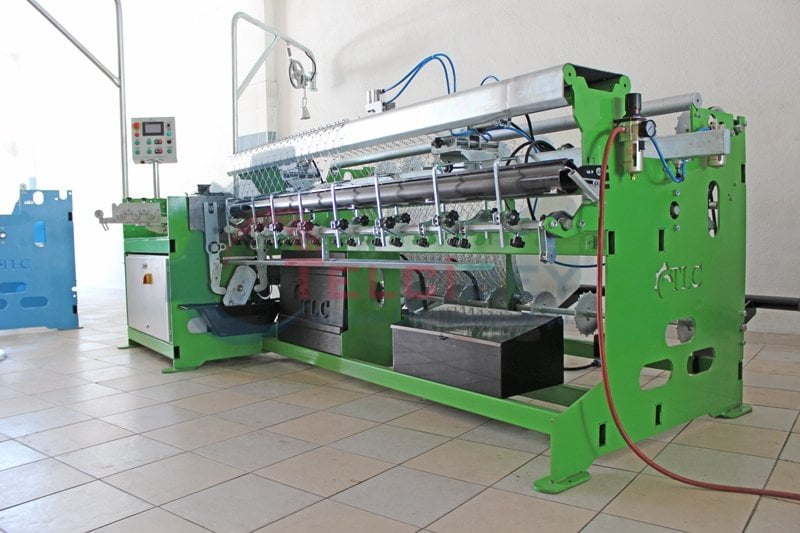
Regardless of whether you work in an office or in a manufacturing plant with hazardous materials, you should always try to maintain a safe environment for both yourself and your employees. While there are obvious benefits to maintaining a safe environment, there are plenty of other less obvious benefits. For instance, a workplace with clear protocols can actually improve overall efficiency and productivity, by cutting down on time spent dealing with injuries. Furthermore, businesses that take the time to ensure the health of their employees often retain them for a longer period of time, and have more success in maintaining good morale. With that in mind, here are a few things to consider the next time you decide to evaluate your safety protocols.
Routinely Evaluate Your Equipment
As tempting as it may be to think that nothing bad will ever happen to your office, the reality is that you can never know for sure. All it takes is one mistake for something bad to happen, and that’s not even considering issues that might result from an incident after the fact. With that in mind, you should routinely evaluate your equipment, in order to make sure that there aren’t any issues before they develop. For instance, a fire hydrant flow test can help make sure that your building won’t have any issues in case of a fire emergency.
Review Protocol
In the event of an accident, communication can be the difference between a minor inconvenience and a serious threat to everyone’s safety. Improving communication can’t necessarily happen overnight, but you can develop best practices if you approach the issue now rather than later. Speak to your employees and see if they’ve found any issues themselves. You might be surprised at what you hear if you start asking your employees for their own thoughts on potential hazards. Of course, proper communication also means holding your employees to the company’s standards, so you can’t be afraid to enforce your rules if people start ignoring them.
In the end, protecting your company and your employees is about more than just dealing with issues as they develop. You need to develop solid communication skills with your team, and ensure that everyone understands what’s at stake if something goes wrong. With the right mindset, and the right tools at your disposal, you should be able to protect your company’s interests and ensure that an accident doesn’t turn into something even more catastrophic later.













